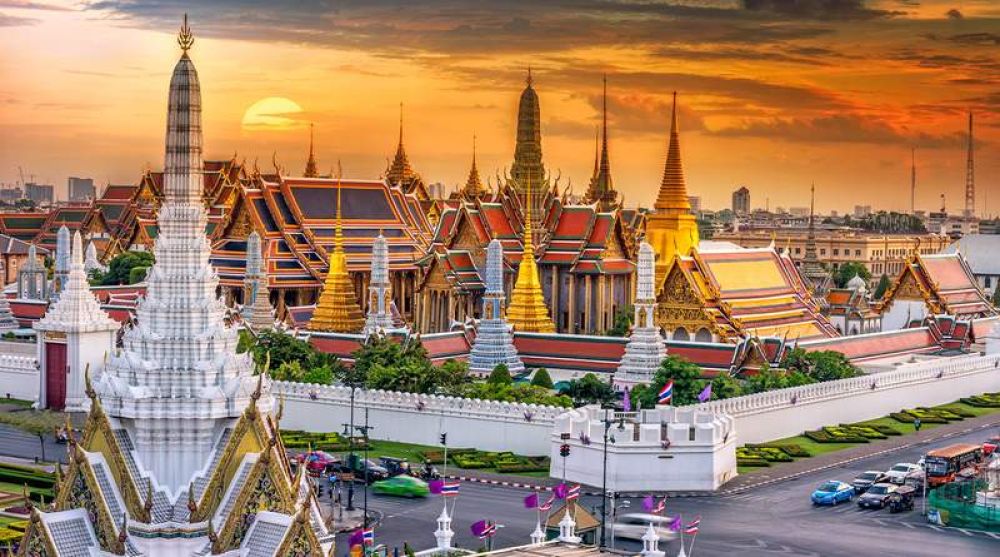

The Grand Palace in Bangkok is not only the physical representation of Thai creativity and craftsmanship but also a symbolic cornerstone of Thai cultural identity. Its history as a tourism beacon begins shortly after its construction in 1782 when it became the royal residence for the Kings of Siam—and later Thailand—until 1925. Though the royal family moved out of the palace, it remained a place of work and where state functions and royal ceremonies took place.
The transformation of The Grand Palace into a tourism hub occurred gradually. Initially, access to the palace was restricted, with only select foreign dignitaries and official guests allowed to visit. However, as Thailand embraced a more open-door policy to diplomacy and international relations, the palace's gates were slowly opened to visitors from around the globe.
The palace began to secure its place on the global tourism map in the mid-20th century especially after the Second World War when travel became more accessible. With its stunning architecture and intricate detail, The Grand Palace swiftly became a must-see for tourists in Bangkok.
In recent decades, The Grand Palace has adapted to the surging numbers of international tourists. Today, it offers guided tours in multiple languages, and a range of amenities such as audio guides, tourist information centers, and well-marked signage throughout the premises. The Palace is sensitive to the needs of the modern traveler while still preserving the sacred and historical essence of the site.
The Grand Palace remains one of Thailand's most visited sites, drawing millions of visitors each year. It's lauded for the Temple of the Emerald Buddha (Wat Phra Kaew), considered the most important Buddhist temple in Thailand. The temple houses the Emerald Buddha, a highly revered Buddha image meticulously carved from a single block of jade.
The Grand Palace has embraced the digital age, providing online ticketing options and virtual tours for those who cannot visit in person. Social media and the internet have further amplified its allure, with images and stories of the palace captivating a new generation of digital-savvy travelers.
Understanding the importance of sustainability, Thai authorities enforce strict rules for visitors to preserve the sanctity and beauty of The Grand Palace. There is also an ongoing dialogue on balancing conservation efforts with the need to accommodate an ever-growing number of tourists.
The tourism industry in Thailand has continually evolved, and The Grand Palace remains at the forefront of this transformation. Trends indicate that experiences that offer a blend of education, culture, and entertainment are increasingly popular. The Grand Palace is responding to these trends by hosting cultural exhibitions, improving visitor engagement through technology, and ensuring that the storytelling aspect of the palace’s rich history is more interactive and immersive than ever before.
As we move further into the 21st century, The Grand Palace in Bangkok is poised to remain a beacon of Thai heritage, an icon of beauty and history, and a testament to the country's commitment to preserving its past while providing an enriching experience for travelers worldwide.